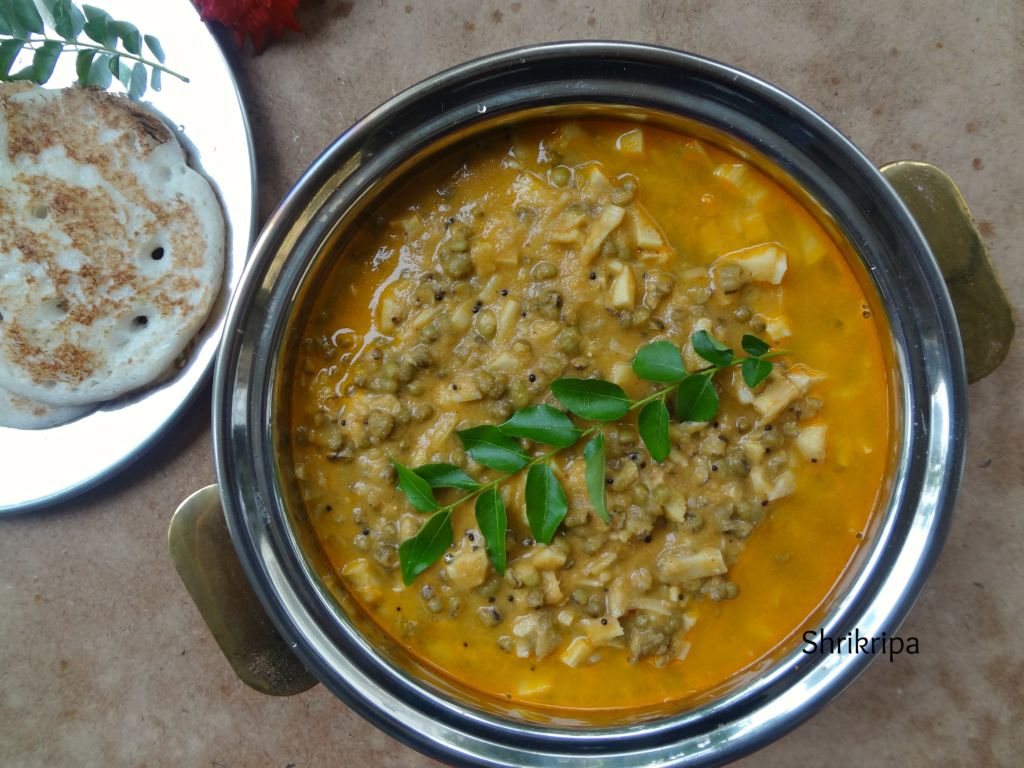Moode or kotte kadubu is a local delicacy of Coastal Karnataka. We especially prepare this on the eve of any festivities. Now a day It is an integral part of any weddings in our region.
Moode or kotte is leaf cup which we prepare either by using jack leaves, Kedige flower leaves (Kewda, Fragrant Screw Pine, Umbrella tree, Screw pine) or Plantain leaf. It is based on availability and accessibility to leaf.
It is basically normal idly batter which is poured in these cups, which is made by any one of these leaves and steam cooked in a water bath and served with chutney or any sambar.
I usually prepare this by bringing these leaf cups, from One of the many Mangalore stores, spread across Bangalore, during festival season. Sometimes I do prepare by lining a stainless-steel cup with small pieces of plantain leaves. This also works just fine like any other leaf cup.

Ingredients:
Idly Batter – Fermented
Tall steel glasses
Plantain leaves – as needed
Method:
– Hold plantain leaves on gas flame and wilt a little. It will help while folding or rolling the leaves.
–If you don’t wilt it, it will tear very easily.

–Take one wet cloth and wipe plantain leaves (you should move your hand from centre rib to edge as ridges moves in the leaves) and clean the leaves.
– Remove extra thick centre ribs (fibre) by holding your left palm to support over the leaf and pull the fibre by right hand.
-Cut this into small rectangle pieces.
– It is now ready to roll and place inside the steel glass.

–Keep idly steamer ready, when water starts boiling, pour the batter to the moulds.
–In these cups, usually 2 to 2 ½ serving spoons of batter will hold.
– If batter is more, cooking time should increase according to that.
–Keep it in a steamer, cook in a high fire for 10 minutes and when you feel the steam is uniformly distributed inside the steamer, reduce the flame and cook for 40 to 50 minutes in a very low flame.
–After it is done, switch off the gas, don’t open the lid and keep it for some more time.
–When you want to serve this, open the lid, remove the glass mould and pull the banana leaves out and serve with pouring little ghee and any side dish of your choice.

–Usually on festival days, we make coconut based sambar or chutney and totally avoid garlic and onion on any auspicious day.
–Our traditional side dish is called menthe kodilu and we relish these kadubu’s with menthe kodilu or sweetened cardamom flavoured coconut milk(kayi halu) and coconut chutney .






































